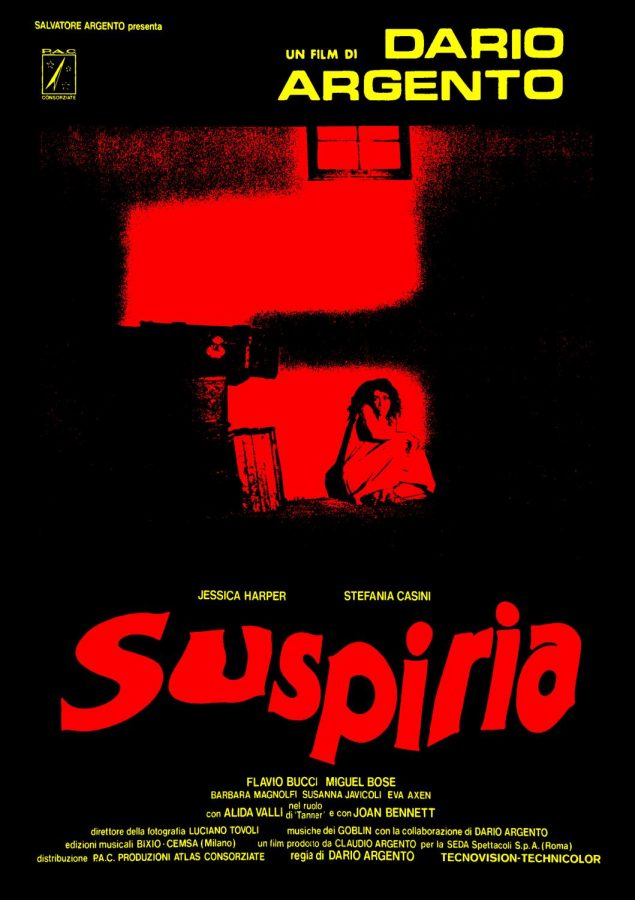“Ugh! That’s so last year, last month, last week…”
Where does it end?
The trend cycle has begun to move so fast that it is hard to keep up with. You can order something in the mail, and by the time the package arrives on your doorstep, the item is out of style.
Generally speaking, throughout history, trends have cycled through every 20 years, rising to popularity, fading away until they are entirely forgotten, and then becoming trendy once again. However, in recent years this cycle has rapidly sped up, producing “microtrends,” which rise and fall from popularity in a matter of weeks or months. These microtrends typically gain popularity on social media. All it takes is one influencer to post about something, discussing how it is “so in” at the moment, and the trend skyrockets.
The reason that this rapid cycle can be maintained is because of how easily and cheaply consumers can obtain items. Shein, Amazon, Temu, and TikTok shop are all on the rise right now. These websites all have hundreds of pages of items to scroll through, all of which are fairly inexpensive. Shein adds up to 10,000 new items to their website every day, offering a huge variety of products. It is all too easy to continually buy into microtrends when everything you could possibly want is available with two clicks. Rather than valuing quality as consumers, we value quantity.
Microtrends are further sustained by the recent rise of “dupes,” which is essentially a cheaper version of an expensive product. This concept has really done a 180 from years ago, where the term would probably be replaced with “knock off”. Name brands used to be all the rage, and it seemed like the more expensive the product, the cooler it became. However, recently the opposite has become true: the cheaper something is, the better and cooler it seems. Videos are constantly going viral on social media of people sharing products from Amazon or Shein that are basically cheaper replicas of other products. As consumers, the less money we spend on each individual item we purchase, the more shopping we can do. It is easy to jump onto every microtrend when doing so hardly puts a dent in our bank account.
The problem with this rapid trend cycle is that it is unsustainable, often unethical, and very wasteful. Consumers feel the need to dispose of items quickly after purchasing them, because they quickly lose popularity. Clothes go from trendy to trash in the blink of an eye. The amount of clothing that ends up in landfills is equivalent to a full garbage truck being dumped every second. This equates to 92 million tons of textile waste every year according to the Earth.Org website. These stats are only predicted to increase as time goes on and the trend cycle speeds up. This quantity of waste can’t be sustained for much longer as our environmental health continues to plummet. Fast fashion production and factories have also tended to be fairly unethical, often subjecting workers to unsafe conditions, long hours, and low pay. These issues need to be addressed, and put to an end.
Essentially as consumers we need to start thinking before we buy. Rather than centering our personal styles off of what is “in” at any given moment, we need to start focusing on what we actually like. It pays off far more in the long run to purchase fewer high quality items that we like, rather than a ton of poor quality items that we will wear a few times and throw away when they go out of style.
Staff Vote: 20-2















![Movie poster for '[Rec]" (2007).](https://www.lionnewspaper.com/wp-content/uploads/2023/04/rec-640x900.jpg)


